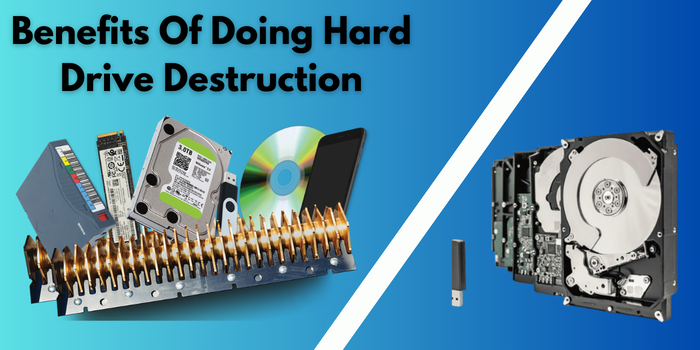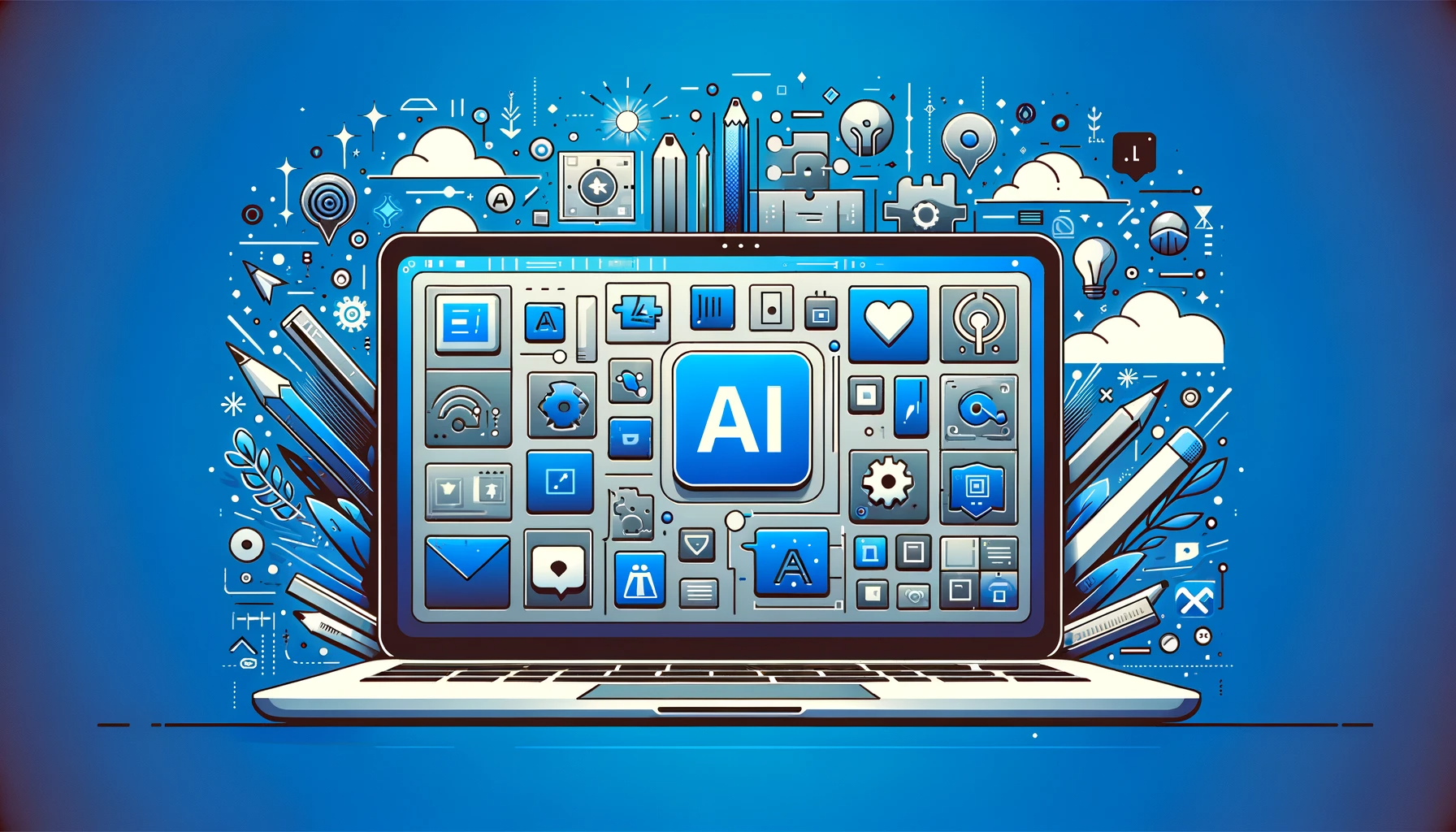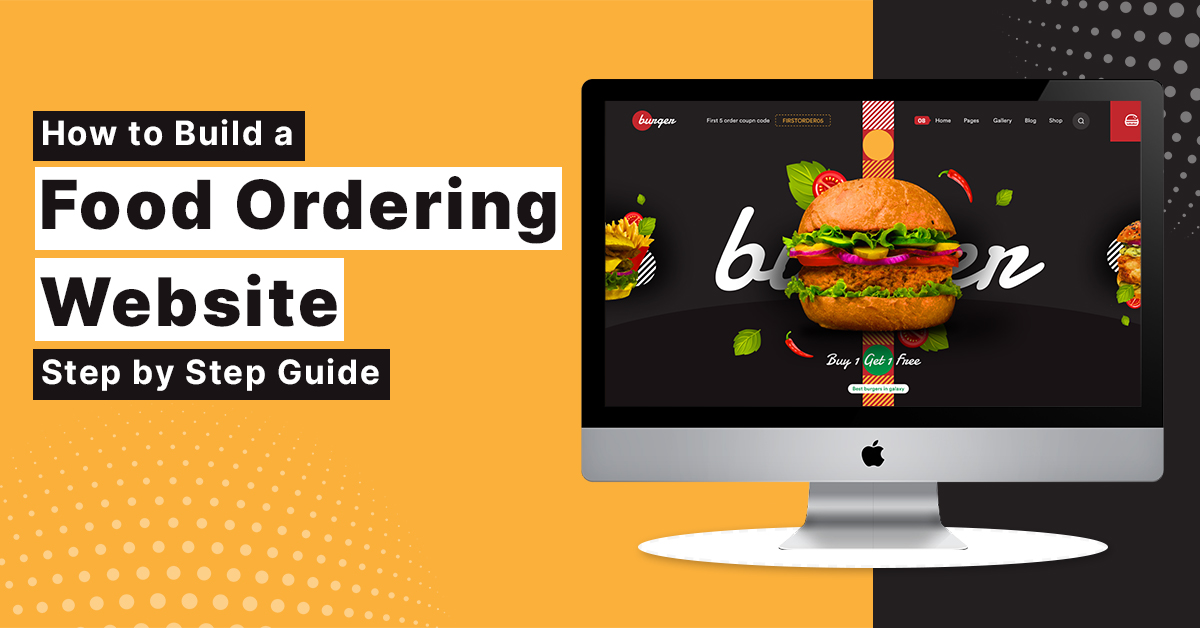
The Ultimate Guide to Converting Images to Text: Tools and Techniques
The Ultimate Guide to Converting Images to Text: Tools and Techniques
In today is digital world the ability to convert images into text has is becoming more and more valuable. Whether you are a student needing to extract text from a scanned document a professional digitizing old files or simply looking to enhance accessibility having the right tools and techniques at your disposal can make all the difference. In this comprehensive guide we shell explore the various methods and tools available for converting images to text empowering you to choose the best approach for your needs.
Understanding Image to Text Conversion
Image-to-text conversion, also known as optical character recognition (OCR), is the a technology that converts images of text into machine-readable text. This technology uses advanced algorithms to recognize and interpret letters, symbols, and patterns within an image, allowing computers to understand and extract text information. OCR systems typically involve several steps
Pre-processing: The image has been cleaned and improved to improve the quality of text recognition. This can include tasks such as reducing noise, image binarization, image binarization means to is a (digital image processing technique that converts a color or grayscale image into a black and white image).converting the image to black and white and deskong straightening tilted text .
Text Detection: The OCR system detects areas within the image that contain text. This step is important for separating textual content from other elements of the image.
Character Recognition: Once the text regions are identified, individual characters within those regions are recognized using pattern recognition techniques. This involves analyzing the shapes, sizes, and arrangements of the visual elements to identify letters, numbers, and symbols.
Post-processing: Finally, recognized text is generally improved and organized to improve accuracy and readability. This may include correction of spelling check formatting and specific processing with language.
Tools for Image to Text Conversion
- ETTVI.com:
ETTVI.com Image to Text Converter is a free online OCR tool that allows you to extract textual data from pictures and photos. Copy text from image in no time.
- Google Drive OCR:
Google Drive offers a built-in OCR feature that allows users to convert images containing text into editable Google Docs. Simply upload the image to Google Drive, right-click, and select “Open with Google Docs” to initiate the OCR process.
- Adobe Acrobat Pro:
Adobe Acrobat Pro is a powerful tool for working with PDF documents, including OCR capabilities. Users can easily convert scanned PDFs into searchable and editable text using Adobe Acrobat Pro’s OCR feature.
- Online OCR Services:
There are numerous online OCR services available that allow users to upload images and receive text conversion results instantly. Popular options include OnlineOCR.net, ABBYY FineReader Online, and OCR.Space.
- Mobile Apps:
For on-the-go image to text conversion, various mobile apps offer OCR functionality. Apps like Adobe Scan, Microsoft Office Lens, and CamScanner allow users to capture images with their smartphones and convert them into editable text.
- Open-Source OCR Software:
Open-source OCR software such as Tesseract OCR provides advanced text recognition capabilities and can be customized to meet specific requirements. While it may require some technical expertise to set up, Tesseract OCR offers flexibility and scalability for image to text conversion projects.
Overall, image–to–text change plays an important role in improving accessibility, performance, and use of textual information within images in different domains.
Why is image to text conversion important?
Accessibility:This makes text content accessible to people with visual disabilities or disabilities, allowing them to access and understand the information contained within the images.
Searchability: Converting images to text enables indexing and searching in the content of images. This is Especially useful for storing and retrieving documents or images with textual information.
Automation: OCR facilitates automation by converting scanned documents, forms, or invoices into editable and searchable text. This streamlines workflows and reduces the need for manual data entry.
Data Analysis:Extracting text from images allows further analysis and processing of textual content. This may include emotion analysis, subject modeling, or other natural language processing tasks.
Translation: Image-to-text changes can be a precursor to translation services. After extracting text from the images, it can be translated into different languages, making the content more accessible to a global audience.
Enhanced User Experience: Incorporating OCR technology into applications and services enhances user experience by providing convenient ways to interact with text-rich content, such as scanning business cards, extracting information from receipts, or translating text from images in real-time.
Techniques for Maximizing OCR Accuracy
While OCR technology has advanced significantly, achieving optimal accuracy requires attention to detail and the application of certain techniques Quality Image Capture: Ensure images are captured or scanned with sufficient resolution and clarity to facilitate accurate text recognition.
Preprocessing: Before performing OCR, preprocess images to enhance clarity, remove noise, and improve contrast. Techniques such as deskewing, noise reduction, and brightness adjustment can significantly improve OCR accuracy.
- Language and Font Recognition: Select the appropriate language and font settings based on the textual content within the images to improve recognition accuracy.
Manual Corrections: Even with advanced OCR algorithms, manual verification and corrections may be necessary, especially for complex layouts or degraded images.
Conclusion
The ability to convert images into text has revolutionized how we interact with digital content enabling efficient document digitization data extraction increased accessibility and language translation. By taking advantage of the tools and techniques described in this guide you can confidently deal with the image with text conversion tasks with accuracy and efficiency. Whether you are a student a professional or a casual consumer mastering the art of image in text conversion opens up new possibilities for productivity and innovation in the digital age. Remember the key to success lies in understanding your specific needs choosing the right tools and using the appropriate techniques to achieve the desired results. With the knowledge gained from this guide you are well equipped to begin your journey to master the art of converting images into text.



